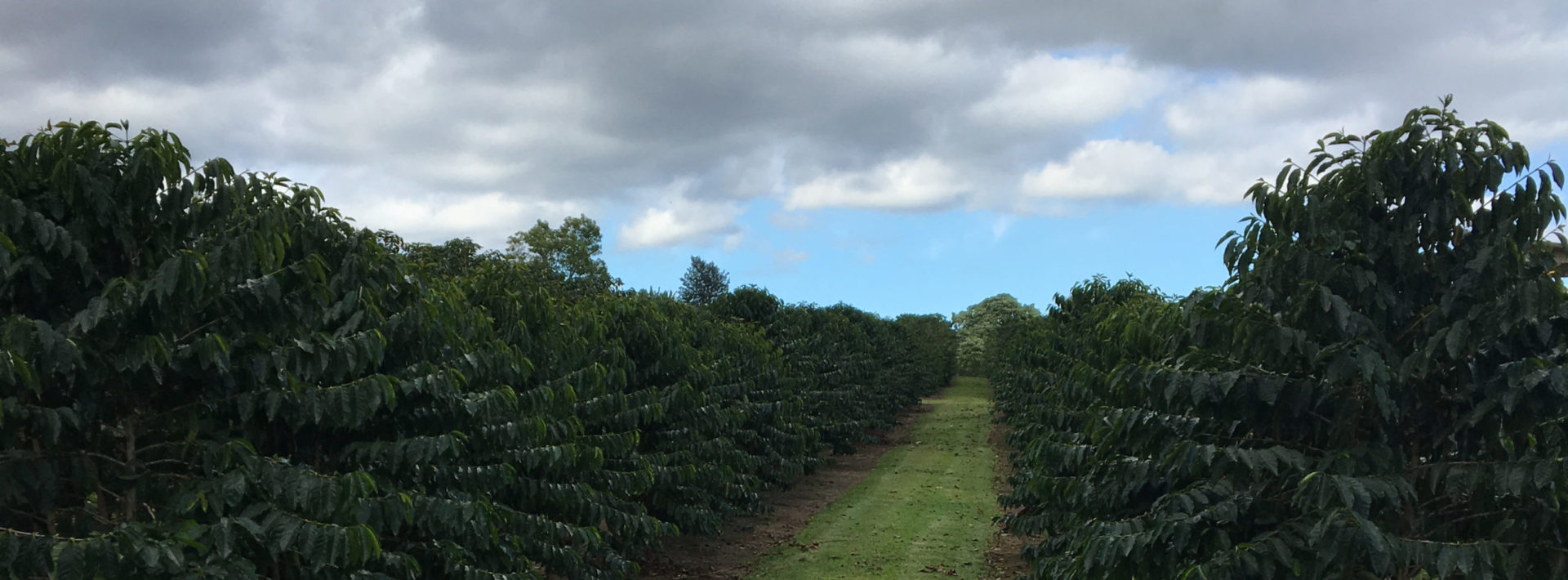TREX 2018 Day 2: Weather Weirdness

By Joey Noszek ‘20
Since this is my first blog, I should probably start by introducing myself. My name is Joey Noszek. I am a Course 1 sophomore in the Systems core. Outside of classes, I enjoy acting; I am a member of the MIT Shakespeare Ensemble and Secretary of Next Act. This TREX excursion is my first experience in Hawaii. That’s enough about me. Let’s talk about the trip.
Last Spring Break, I visited Mexico City with the Terrascope program. I was expecting the city to be a scorching desert, but I was horribly wrong. While Mexico City is in a region that is quite hot and dry, its high elevation lends to a rather temperate, comfortable climate.
Regarding Hawaii, I have fallen victim to a similar, meteorological misdirection. Throughout my life, I have been told of Hawaii’s “perfect” weather. While some parts of the area do have the beautiful, temperate weather of which I had been regaled, only discussing this one climate does not do Hawaii justice. In fact, the variety of climates is one of the reasons why Hawaii is an excellent location for environmental research. The world is divided into 14 climate zones and Hawaii Island alone contains nearly all of them. While I did not experience all the climates that Hawaii has to offer today, it was quite jarring just to notice one change.
We began the day at our house in Volcano National Park. First, we went to view Halema’uma’u Crater. The off-and-on rain led to the creation of an incredible rainbow that we observed near the crater. Afterwards, most of the group went shopping while Ju and I assisted TA Ben in completing the sensor boxes.
Each box detects particulate matter, temperature, and relative humidity and records all of these readings into a single file. Most of this job was done inside, so I was not particularly conscious of the weather. When I did leave the house to place sensor boxes, so they could charge via solar power, I was met by either a cool, light rain or cool air beneath a sunny sky.

Rainbow near Halema’uma’u Crater
Once the group reunited, we went to the Pahala air quality station to calibrate our sensor boxes. This calibration is currently being performed by having the sensors on the air quality station. After some time, the boxes’ data and the station’s data will be compared, so the calibration can be completed. For the calibration, we had to build a rack and mount all 14 sensor boxes onto it. Our efforts were certainly not helped by the oppressive heat and humidity in Pahala. The conditions were in no way worse than those of a summer in my home state of Delaware, but their presence in January was a huge shock. After completing the rack, we returned to Volcano National Park where the light rain from earlier was still falling.

View of the sensor rack. The sensor boxes are lined up across the middle. They are connected via wire to the solar panels on top. The cylindrical object in front of the rack is the air quality station’s SO2 sensor.
Every year, a group of MIT students and professors travel to the Big Island of Hawaii to gain fieldwork experience through TREX (Traveling Research Environmental EXperiences). The first TREX trip was held in 2000, and since launching has taken students on research activities in domestic and international settings. For more undergraduate opportunities, click here.



